Chris Lovegrove and I have been trying to explore aspects of Jenny Nimmo’s The Snow Spider together: this blog post forms part of the concluding dialogue between me and Chris. In this week’s blogs we are answering the same questions, but doing so, to some extnent “blind:’ we have agreed our two questions and then we are posting our blogs on the same day.
Here’s the first, posed by Chris:
1. The Snow Spider is very much set in the Welsh landscape, not just by the language and the myths but also by the descriptions — the hills and the sheep farming, for example, and the apparent proximity of the sea (which Gwyn is able to smell after a short tramp through over the hills). Does it matter for our engagement with the story that it’s bedded in a realistic setting or does it work equally well in a mythic setting (as it has to for those unfamiliar with The Snow Spider’s cultural matrix)?
My response: I’ve been to Wales four times: once to Conwy and Betws-y-Coed on a coach trip with a pile of nuns when I was nineteen; once, in 2000, to the Brecon Beacons to get soaking wet while training as a Forest School Leader in the pouring rain; once to stay in a cottage at the foot of the Sugar Loaf near Abergavenny. My last visit, rather later in my life, was to help at a Quality Assurance event in Carmarthen. My understanding of Wales is therefore built on brief and specific visits – and at no time have a stayed in a claustrophobic valley like in The Owl Service, nor really had any dealings with Welsh hill farmers beyond being told a footpath was no longer in use. So what, therefore, is my response to the landscape in The Snow Spider? How realistic do I need it to be?
It was not a high mountain, nor a dangerous one. Some might even call it a hill. It was wide and grassy, a series of gentle slops that rose, one after another, patterned with drystone walls and windblown bushes. The plateau at the top was a lonely place, however. From here only the empty fields and surrounding mountains could be seen and, far out to the west, the distant grey line of the sea.
This is Nimmo’s early setting the scene. Gwyn ascends the mountain to practise his powers, but here we are being told simply what the upland looks like. There is a lot, of course, that a reader (particularly, perhaps a reader of Gwyn’s age) might want to disentangle in the language and topology: How can a hill be a mountain? What’s a plateau? As we sort out the vocabulary of place in a possibly unfamiliar place at the start of the narrative, we are on the cusp of a deeper understanding, almost a curtain-raiser for the mythic and developmental battles young Gwyn is beginning to engage in.
But in order to come close to Chris’ enquiry I feel I need to distinguish between the everyday depiction and the descriptions that that move the story along. Michael Bonnett and certainly Michael Farrelly seem to suggest that “human-environmental interrelationships” are aided by powerful storytelling. We have that here, in Jenny Nimmo’s three Magician Trilogy novels. In the Snow Spider it seems to me that the author chooses weather as a way of inviting her readers into the hill farms, rather than more explicit topography. Here, for example, in Chapter Eight the young magician is poised to fight in the face of a snowstorm:
There was a sudden stillness and the mountain held its breath. Clouds of snow began to gather on the summit; they intensified and rolled downwards in a vast, ever-thickening ice-cold wave.
It is atmospheric writing of a high order. Nimmo has brought us to this point by vivid and intensifying descriptions of weather in a hill country. From much earlier in the story, this is the arrival of a November gale, the first major encounter with wind as an elemental, magical force:
Then, one Sunday, the wind came; so quietly at first that you hardly noticed it. By the time the midday roast had been consumed, however, twigs were flying, the barn door banging, and the howling in the chimney loud enough to drive the dog away from the stove.
The storm, a dominant motif – and an important factor when anyone is up in a mountainous region – will come to provide the wintry arena for a final conflict . Even Gwyn’s prosaic father Ivor has to admit it is “a damn peculiar kind of wind” ; by doing so we come to understand that this is a hard life, and see quite how the tragedy of Gwyn’s older sister being lost on the mountain might have occurred. In these earlier sections, however, Nimmo is also careful to give us little domestic details: the barn door, the dog, the stove… So I come (finally) to Chris’ question: Does it matter for our engagement with the story that it’s bedded in a realistic setting?
I think it does. Part of the power of the depiction of Gwyn’s father (see below) is that he is ordinary; the ambiguities of learning to be a wizard are all the more painful for Gwyn than the flamoyant Owls from Hogwarts and cartoon familial abuse are for Harry Potter because in Gwyn’s story they are depicted as taking places in a believable world. Nimmo leads her readers through the fields with open gates, cows that need milking, the circle of trees where the septic tank lies… and into a world of magic spiders and a past full of ancient tales. It’s a clever way of convincing the reader of the reality of the Gwyn’s challenge as he grows – but for a little more of this, see below.
The second is posed by me:
2: The tight-knit community of The Snow Spider allows for powerful reactions between a limited range of characters: Gwyn’s family, his friends, the neighbours. In a more widely connected world – mobile ‘phones, internet & c (shown in the new TV version) the world is a wider place. Does this date the plot unduly? And if not, why not?
I started by wanting to consider the Hui Clos of Pendewi, the village in the Snow Spider, but of course the most famous line from Sartre’s play is L’enfer c’est les autres, and the more I ponder the community the less sure I am of this. There are family tensions here, and the neighbourly relationships of a small village, but these are not people trapped in Hell together, but a Pobol y Cwm, a people of the valley. When Alun, Gwyn’s friend, is lost in the storm, the ‘grapevine” works fast to rustle up a search party. When Bryn and Gladys Davis confront Gwyn’s family about Gwyn injuring their son Dewi it is uncomfortable – but not on an epic scale. Gwyn is like many a child who needs to make sense of his family as he grows: what does his family history tie him to? Does he like being with them? As with landscape (above), it is the ordinariness that provides the power to the scene and to the magic that interrupts it.
The new TV version gives some nod to the passing of time since the original publication of the Nimmo books, starting in 1986, in that there is some mention of the internet, and the watch Gwyn gets as a birthday present in the book has become a tablet (with remarkably good connection). This in turn allows some further plot exposition, some idea of the past which Gwyn is inheriting. It also serves to underline that very odd nature of the old Welsh manuscript the young magician reads. As a reflection on the updates in the series it works well.
Does this make the actual text creak at all in retrospect? I didn’t think so. The IPad/tablet would have been no further use in the story than the rewrite has allowed it. (In pondering updates I did think of Baz Luhrmann’s Romeo + Juliet where for the tragic failures of communication to take their toll, the modern audience needs not to think how simple a quick couple of texts or emails could have sorted everything). Gwyn’s father’s quad bike was a nice touch, too: this was a family more like Emmerdale (or God’s Own Country) than Cold Comfort.
But what of magic in the modern world? Where might the Tylwyth Teg live now? For Alice Thomas Ellis the uncomfortable magic of the Welsh tradition in Fairy Tale suggests they live where they have always lived: in edgelands, woods, odd meadows and lanes with a strange feel to them, very much alive in the affairs of humans. In Pendewi, the stories live on by being reenacted (more explicitly in the later books in the trilogy), and the parallels with Garner’s The Owl Service are many, from common roots in the Mabinogi to the recurrence of tensions dating back into myth and legend. Where is the magic? In both books (“all the books,” if we count the Ellis, the Garner, all three by Nimmo and Susan Cooper [who will come into my next post]) it is frighteningly close: it exhibits in the fallible humans who cross its path. (Just as it would be amusing to think up how M R James’ stories could be updated effectively, it would also be a challenge to think quite where his ghosts might reside now: in mobile numbers that link to conspiracy theories long dead, catalogues whose URL summon destruction, internet stalkers whose only real presence is to hunt the curious through the pdfs of manuscripts…) But Nimmo’s Gwyn, it seems to me does not needs this. It is his ordinariness that saves him. Tensions between generations, Ivor Griffiths’ incoherent anger at his family’s loss, the petty rivalries of the playground: these are universal enough to contain the introduction of the internet, while a small village up in the hills (Chris may take a different view) may not be able to rely on mobile signal quite as much as I do for sustaining its relationships.
Chris and I are planning to post our blogs on 4th May, having not seen one another’s responses. Do please visit https://calmgrove.wordpress.com to see what Chris has made of these two questions.

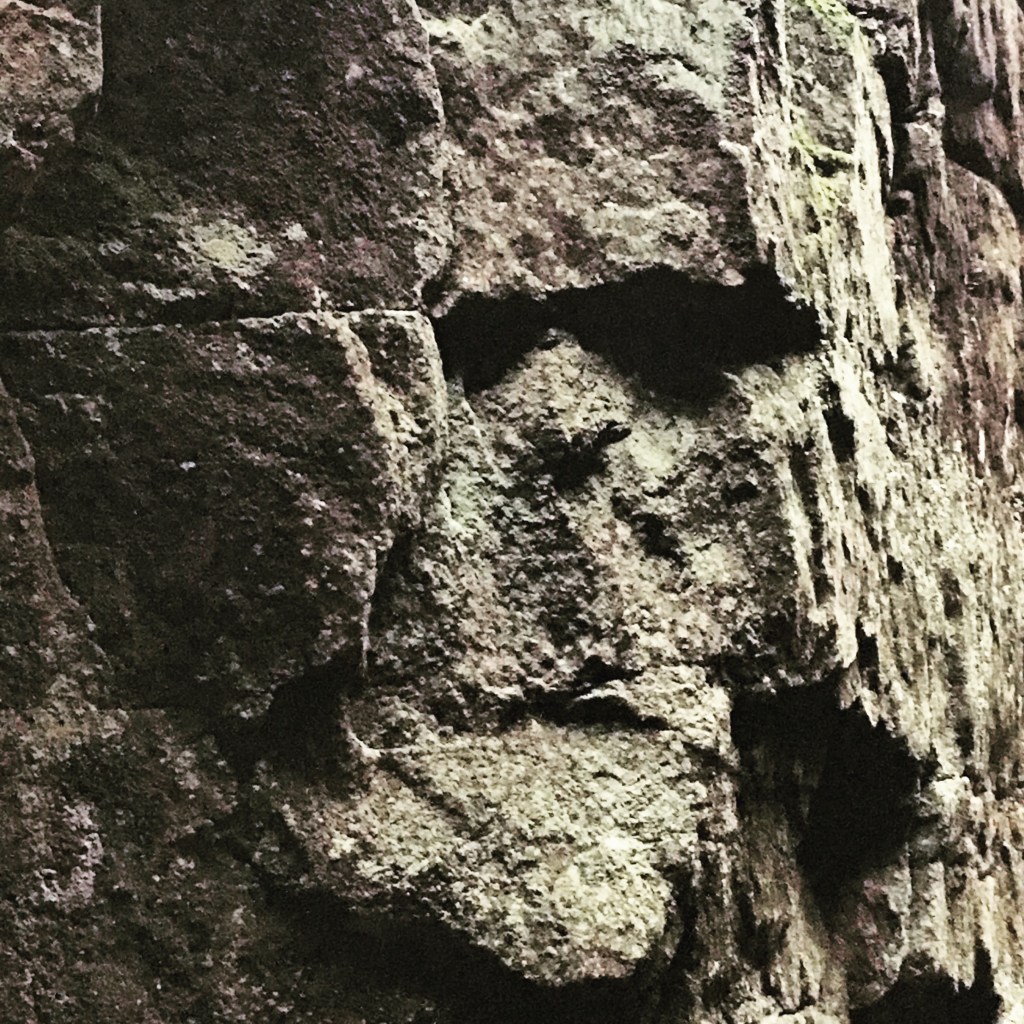
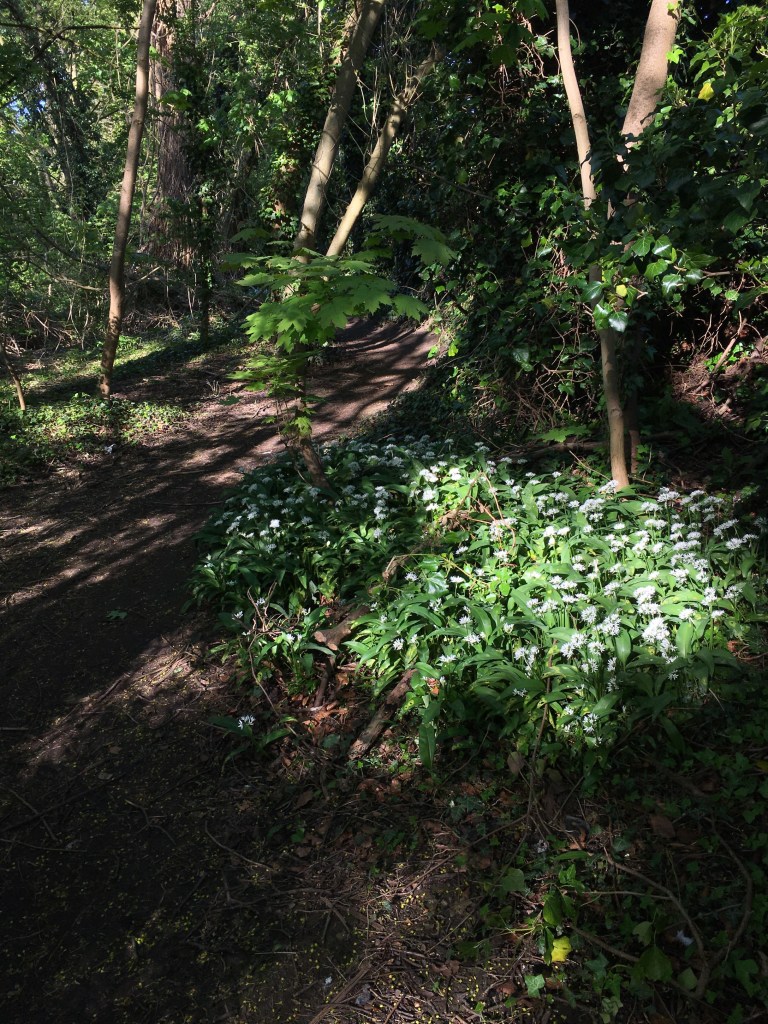
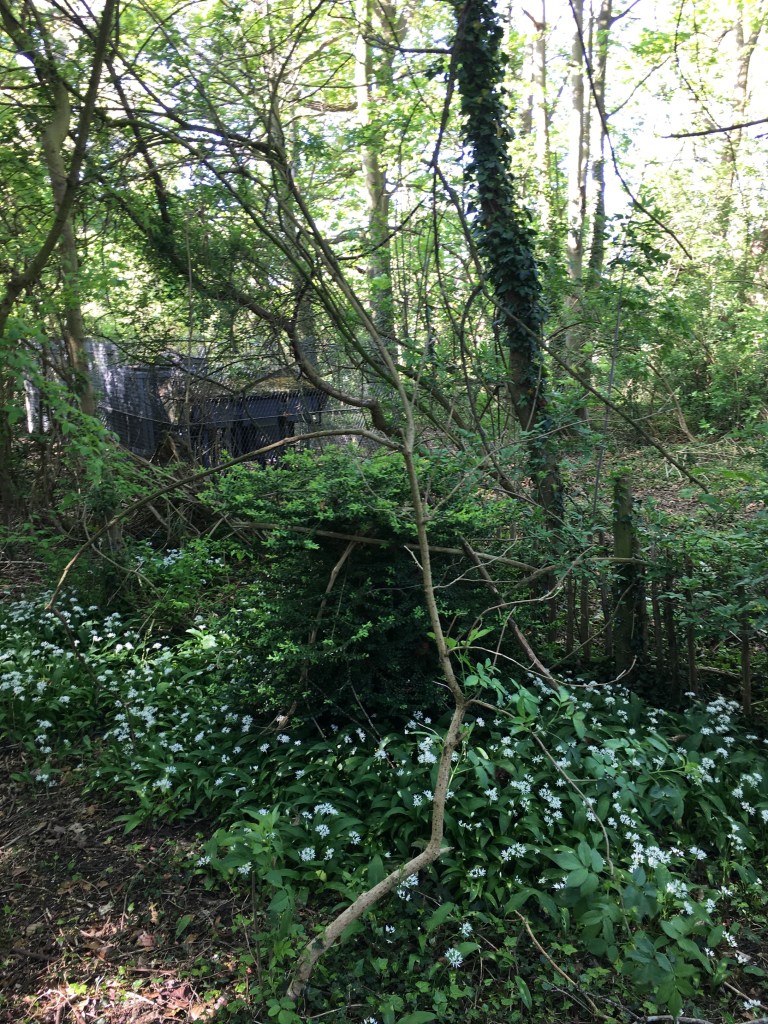



 In the church the silent near-dark was stunning, and all those poems from all those Thomases, Thomas Merton and R S Thomas and T S Eliot (not to mention Dylan Thomas’ “close and holy darkness”) were somehow at my elbow. And maybe the incense smudge of a memory of the church when I was a child, after Compline and Benediction, or the quiet of Magdalen after Night Prayer…
In the church the silent near-dark was stunning, and all those poems from all those Thomases, Thomas Merton and R S Thomas and T S Eliot (not to mention Dylan Thomas’ “close and holy darkness”) were somehow at my elbow. And maybe the incense smudge of a memory of the church when I was a child, after Compline and Benediction, or the quiet of Magdalen after Night Prayer…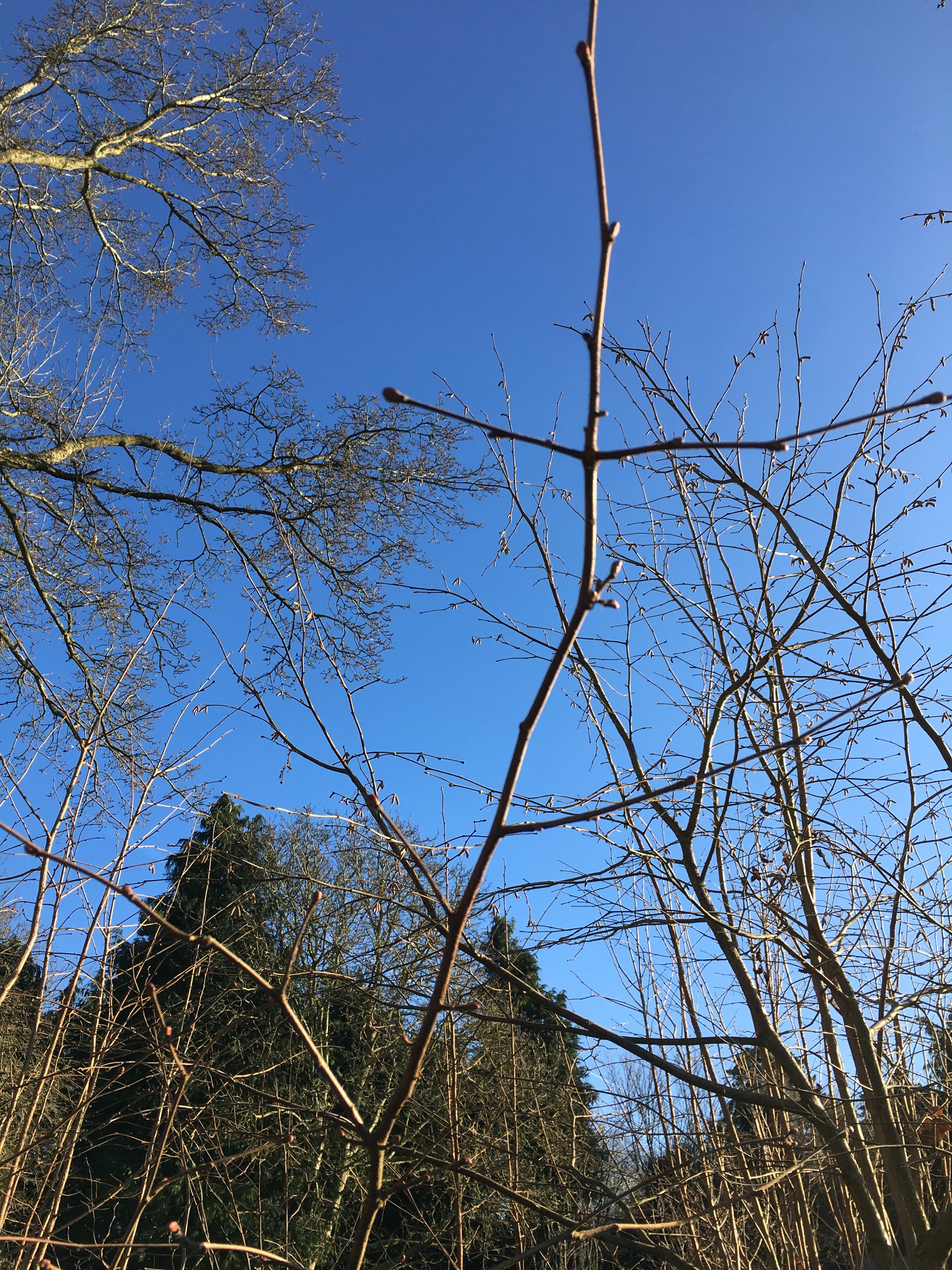 Well, actually my task was to tidy the absolute dog’s breakfast I had made of the hazel I had undertaken to
Well, actually my task was to tidy the absolute dog’s breakfast I had made of the hazel I had undertaken to  I am, because of how my mind works, really quite moved by the metaphor – but recognise that I need to get to work. The two rods have, I guess, been working at this for years, but now I need to get cutting. I sort of hope that I can cut the fusion out as a whole piece (but in the end I can’t)… but the time the hazel has taken and the time it takes my saw to undo the fusion seem out of all proportion.
I am, because of how my mind works, really quite moved by the metaphor – but recognise that I need to get to work. The two rods have, I guess, been working at this for years, but now I need to get cutting. I sort of hope that I can cut the fusion out as a whole piece (but in the end I can’t)… but the time the hazel has taken and the time it takes my saw to undo the fusion seem out of all proportion.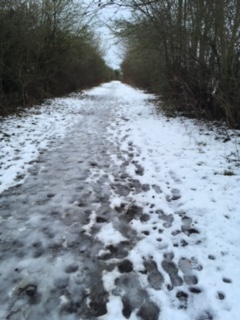
 It is friendly enough to allow me to photograph it from close up. I love its jet-jewel eye and the way its chest moves as a bubbling song comes from somewhere in its tiny body. I love its daring proximity – it flies so close at one point, a wing brushes my leg.
It is friendly enough to allow me to photograph it from close up. I love its jet-jewel eye and the way its chest moves as a bubbling song comes from somewhere in its tiny body. I love its daring proximity – it flies so close at one point, a wing brushes my leg.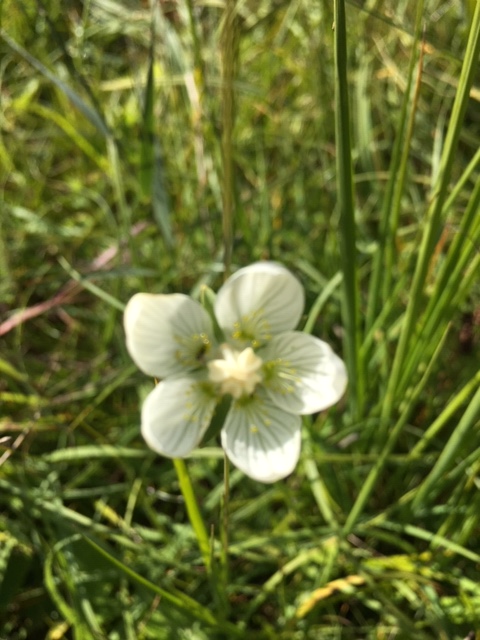 Not the silly vandalism of arson, harsh though that is, but the more calculated threatened developments that will alter precious run-off and the way light touches some areas, of potential pollution and game-play from developers, Councils and Trusts. How small conscience-easing grants alone will not in the end preserve such a small piece of wetland in the suburbs of a land-needy city. Change is of course inevitable in so many ways: my copy of W G Hoskins
Not the silly vandalism of arson, harsh though that is, but the more calculated threatened developments that will alter precious run-off and the way light touches some areas, of potential pollution and game-play from developers, Councils and Trusts. How small conscience-easing grants alone will not in the end preserve such a small piece of wetland in the suburbs of a land-needy city. Change is of course inevitable in so many ways: my copy of W G Hoskins